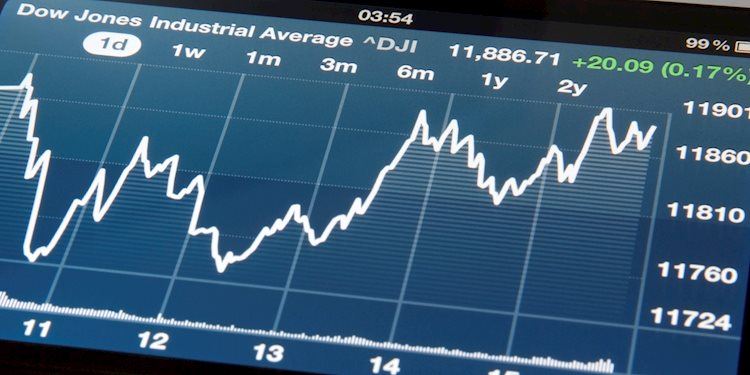The Dow Jones Industrial Average faced challenges as it hovered near the 43,000 mark on Tuesday, with equities grappling with an increase in yields. The lack of a confident tone from Fed officials left stocks hanging in overbought territory. Despite these obstacles, earnings season is in full swing, helping to boost investor confidence and mitigate losses in the market. Companies such as General Motors and Philip Morris beat Wall Street expectations, while Verizon struggled with its latest earnings report.
On Tuesday, the Dow Jones saw approximately two-thirds of its components trading in the green. Microsoft and Walmart were among the top gainers, while Verizon experienced a significant decline after missing expectations. Despite a near-term pullback, the Dow Jones remains in a bullish pattern, trading well above its moving averages. The Moving Average Convergence-Divergence (MACD) is also showing bullish signs, although there is a hint of slowing momentum. Despite being overbought, potential downside is limited, with the Dow Jones set for a sixth consecutive month of gains.
The Dow Jones Industrial Average is a price-weighted index made up of the 30 most traded stocks in the US. It was founded by Charles Dow and is one of the oldest stock market indices in the world. While criticized for not being broadly representative, the DJIA is influenced by factors such as quarterly earnings reports, macroeconomic data, interest rates set by the Fed, and inflation. Dow Theory, developed by Charles Dow, is used to identify the primary trend of the stock market by comparing the DJIA and DJTA.
Investors have various ways to trade the DJIA, including ETFs like the SPDR Dow Jones Industrial Average ETF, futures contracts, options, and mutual funds. These instruments provide exposure to the Dow Jones index without having to buy shares in all 30 constituent companies individually. With ongoing challenges and opportunities in the market, investors can utilize these trading methods to capitalize on the movements of the Dow Jones Industrial Average.









